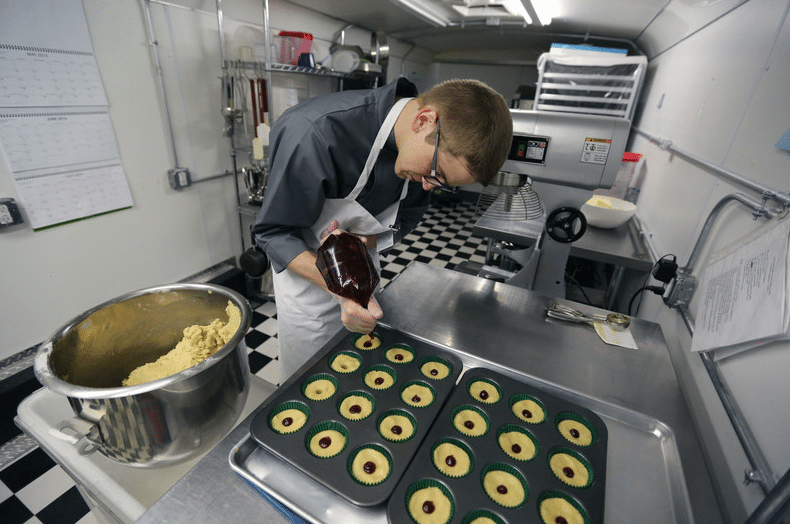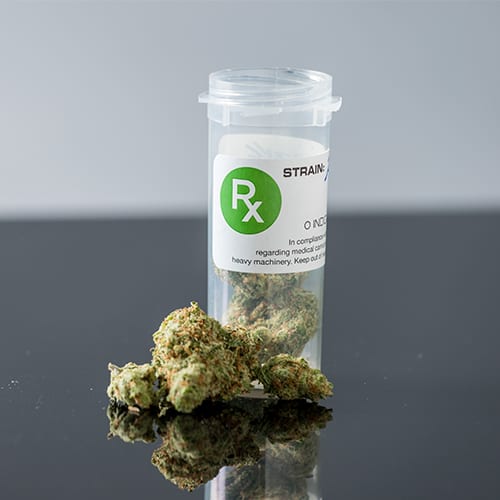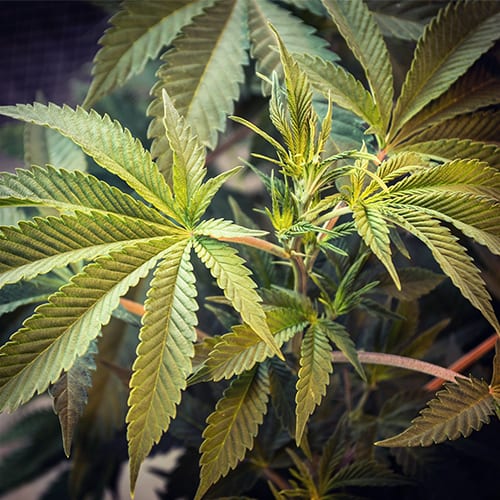
Back in the day, when someone brought edibles to a party, it was either in the form of brownies or cookies. But now, with better access to the plant, people are venturing out and infusing weed into everyday meals, such as salad dressing, burgers and burritos. This is all achievable with cannabutter, or marijuana-infused butter that serves as a replacement for normal butter in cookbook recipes. Some green chefs have also started using extracts or tinctures, when adding a kick of cannabis to their dishes.
Turning to Food Science
Kitchen professionals are inspiring cannabis enthusiasts to lace their favorite dishes with weed
in a way that won’t make it taste earthy. “Cannabis is a hard ingredient to work with,” said Dain
Colandro, a graduate of the Culinary Institute of America and director of production at
Connecticut’s Advanced Grow Labs. “Because it’s so bitter, it could be a very aggressive or
strong taste that you have to work around or try to mask.”
The new trend developing in both (culinary and cannabis) industries suggest that more specially
trained cooks and chefs with knowledge of marijuana maybe in great demand in the near
future. With interest in pairing specific strains with food slowly increasing, throwing just any
batch of weed into dishes is no longer tolerated. Marijuana has a wide range of flavor profiles:
buds with high terpene levels tend to have a lemony, acidic twist, while potent variants may
come with a heavy, mushroom-like flavor. Then there’s choosing between indica and sativa
strains, which may dictate the individual’s high after consumption. Raquel Pelzel, a former
editor at Cook’s Illustrated, recommends using sativa strains for breakfast foods, and buds in
the indica category for desserts.
Circumventing Local Marijuana Laws
Cannabis cooking classes can be tricky for the host and the audience due to tight marijuana
laws that discourage displaying the plant during demonstrations. For example, in Washington
DC, an individual can only possess two ounces of marijuana legally. Because cooking with the
herb calls for large amounts, crafty chefs like Matt Doherty, who is also the manager of a
Capitol Hill hydroponic supply store, use natural oregano as a stand-in. During classes, he
consistently reminds the audience to use cannabis in place of the Italian herb.
Edibles manufacturers also have to think outside the box when mass-producing cannabis treats
for mainstream consumers. Some businesses, like Warren Brown’s CakeLove, in collaboration
with edibles company DC Taste Buds, are not able to cook with marijuana in the same location
where all the baking takes place. Instead, the company, through strategic partnerships with
medicinal cultivation centers, relies on a third-party to infuse weed into their sweet offerings.
“We’re just going to stay within the bounds of what we can do with the law, and if the law
expands to allow us to bake on-site with cannabis, we’ll bake that way,” said Brown.
Source – MassRoots





